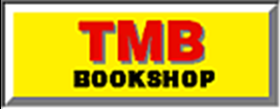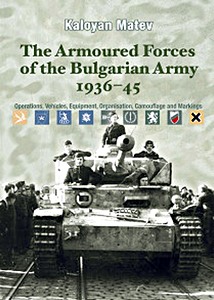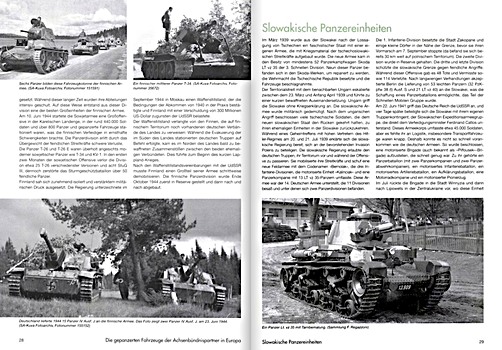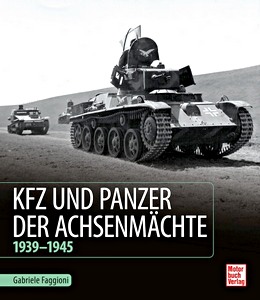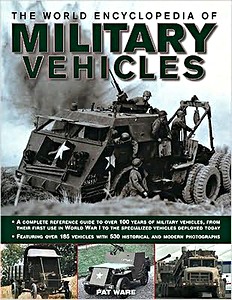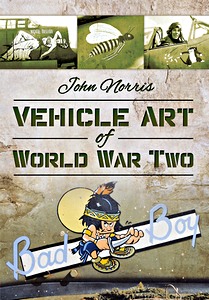Tanks of Hitler's Eastern Allies 1941-45 (Osprey)
The titanic armor battles of the Russian Front are widely known, but the role of Germany's eastern allies is not as well known. Two of these countries, Romania and Hungary, manufactured their own tanks as well as purchasing tanks from Germany. These ranged from older, obsolete types such as the PzKpfw 35(t) all the way up to the latest and best German vehicles including the Tiger I and Hetzer.
These tanks played a frequent role in the battles in southern Russia and Ukraine and were especially prominent in the disaster at Stalingrad where the Red Army specifically chose the weaker Romanian and Hungarian salients for their critical envelopment operation.
This book will provide a broad survey of the various and colorful tanks used. Besides covering the largest of these Axis tank forces, this book will cover the many smaller and lesser known forces including the Italian contingent in Russia, the Finnish armored force, and the small but interesting armored forces of the Russian Vlasov (RONA), Croatian, Bulgarian and Slovakian armies.
Product details
| Author: | Steven J. Zaloga |
|---|---|
| Details: | 48 pages, 9.7 x 7.3 x 0.16 in (24.5 x 18.5 x 0.4 cm), paperback |
| Illustrations: | 40 b&w photos, 7 drawings in color |
| Publisher: | Osprey Publishing (GB, 2013) |
| Series: | New Vanguard (199) |
| ISBN: | 9781780960203 |

Tanks of Hitler's Eastern Allies 1941-45
Language: English
Available on Amazon - safe payment and fast delivery
Buy Now on Amazon.comBuy Now on Amazon UK
Buy Now on Amazon CA
